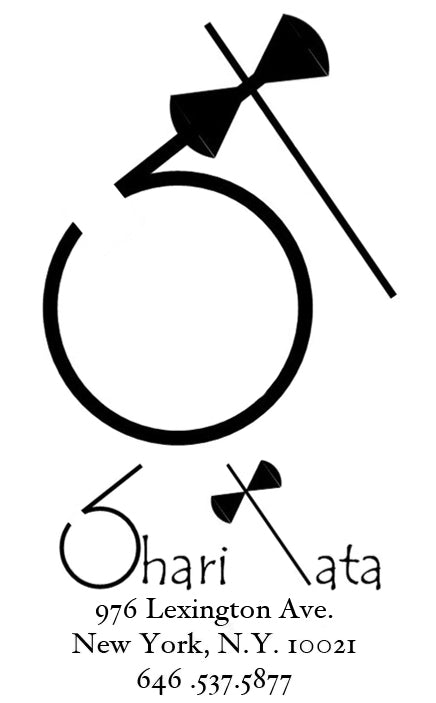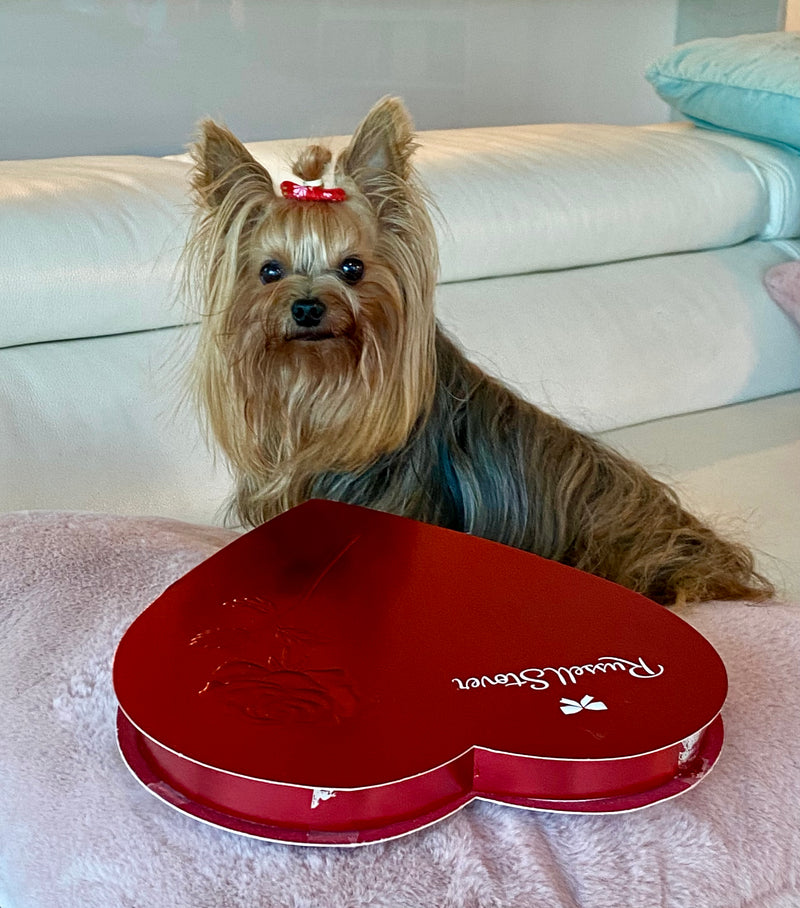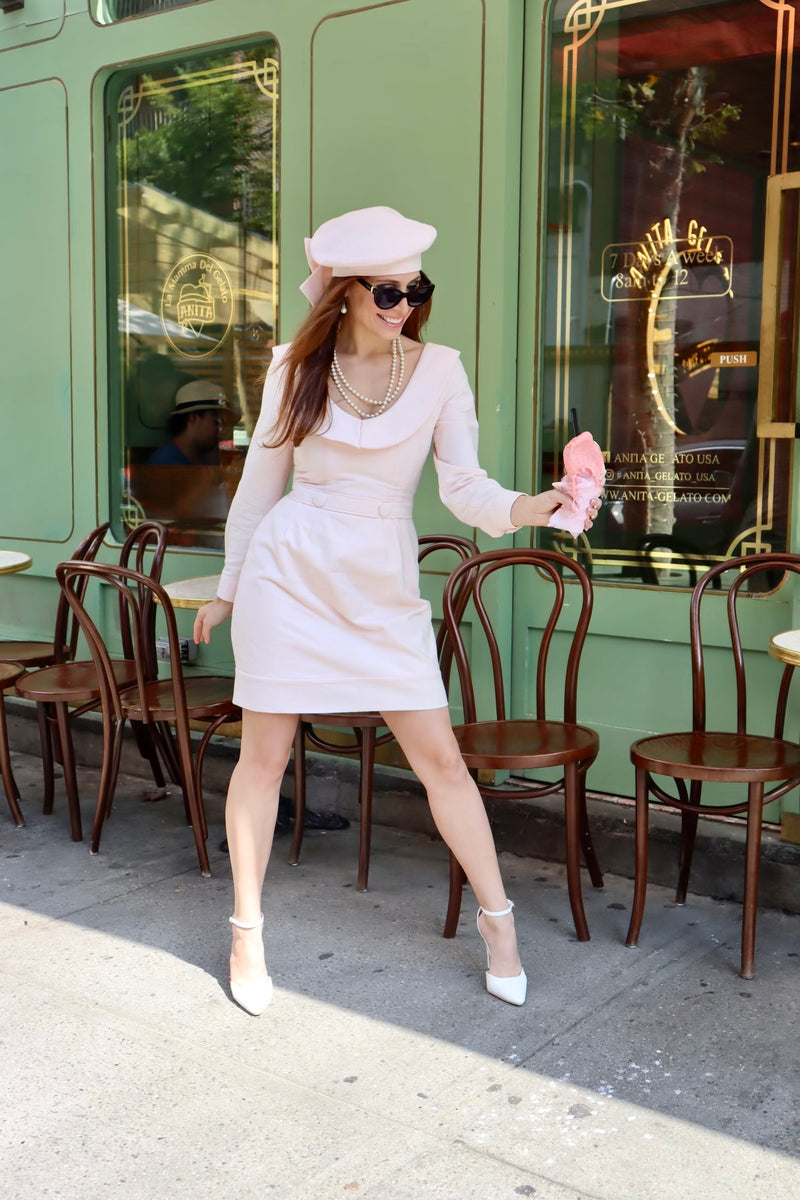
We can look at a painting and instantly say “That’s an Impressionist painting!” We may not know which painter did it or even when it was painted, but we know the style. The question arises, how do we know?
At the very root of Impressionism are paintings that don’t look like a photo, as many of our Renaissance artists tried and/or achieved, but instead to capture a moment! Capture light, capture life, capture a mood.
Light was everything to these artists. Many did studies in light, painting the same scene or object in different light. Others focused on what the light did to things. Maybe some of the most well- known are Claude Monet’s “Haystacks”. He painted them on a foggy morning, mid-day, at sunset, even in the snow!


Certain things had happened which enabled these painters to do what they did. First was the fabulous invention of - you guessed it - paint in a tube by a guy named John Rand in 1841! We think nothing of it today, but previously painters had to mix their own paints! Not exactly something you could do on the go! Before that artists would actually take pigments – which could be anything from minerals to stuff like insects – and mix them with oil! Tyrian Purple was made from the mucus of Murex snails – gross and really pricey! A great rich blue could only be made by using lapis lazuli, a semi-precious stone mashed to create the pigment ultramarine. The cost of these pigments is part of the reason that blue and purple came to be associated with royalty!
Portable easels had been invented sometime in the mid 19th century and nobody is sure who first invented them! A big studio easel wasn’t exactly something you could carry around, especially while lugging your paints and brushes. They called these portable easels “box easels”, “field easels” or even “French box easels” and what handy things they were! Not only did their legs telescope out, they also could contain your paints, brushes and palette!
Hog bristle brushes were developed in the 19th century and also made a big difference. The thick hog hairs were able to apply the thick paints. We also cannot forget that metal ferrules – those metal clamps that hold the bristles to the rest of the paintbrush - were also made popular in the 19th century. Before that, bristles had to be attached to the handle by hand. The real life changer happened when they figured out they could crimp the ferrule – now they could have flat, not just round, brushes! The better for our Impressionists to paint their broad stokes!
With their box easels in hand, filled with their brushes and tubes, a palette, some palette knives and a train ticket, our painters were ready to go outside and paint “en plein air” meaning outside where they could catch the light and people.
What were their techniques? They used short thick strokes, often applied really quickly. They applied wet paint on wet paint, letting the colors blend. They used a lot of light colors and used many contrasting colors. Instead of mixing colors together on their palettes to get perfect tones, they instead laid colors down next to one another, sometimes overlapping one another or dotted atop of one another which all gave the illusion of mixed shades.

Camille Pissarro, The Boulevard Montmartre at Night, 1897
The bases for the paintings were also different - white or light colored. Previously dark grey or heavy colored - even black (think of Rembrandt and other northern Renaissance Artists) were the norm. Our Impressionists also left off the glazes – light films of paint or even oil used for various effects favored by painters up to that time.

Rembrandt van Rijn, Self-Portrait with Beret and Turned-Up Collar (1659)

Vincent Van Gogh, Self Portrait 1889
The next time you have the opportunity to view an Impressionist painting, really view it! First go 10 feet away. See how clear the picture is! Now go closer. You’ll start to see brushstrokes. Now get right on top of that painting (hoping the museum’s security doesn’t stop you!). Be amazed how the painting is made up of blobs of colors. The snow isn’t all white, it probably includes lavender or greens. The painting has amazing texture. For this is How the Impressionists Painted!





